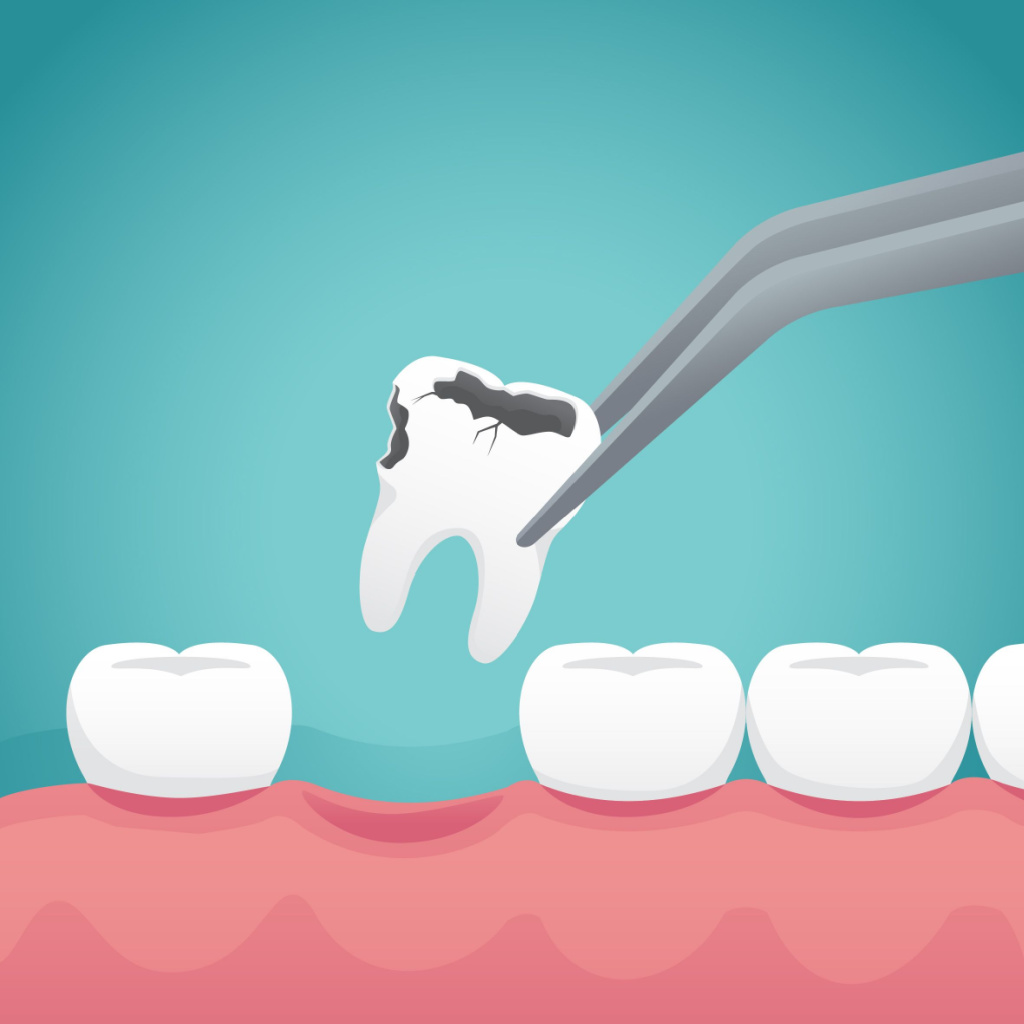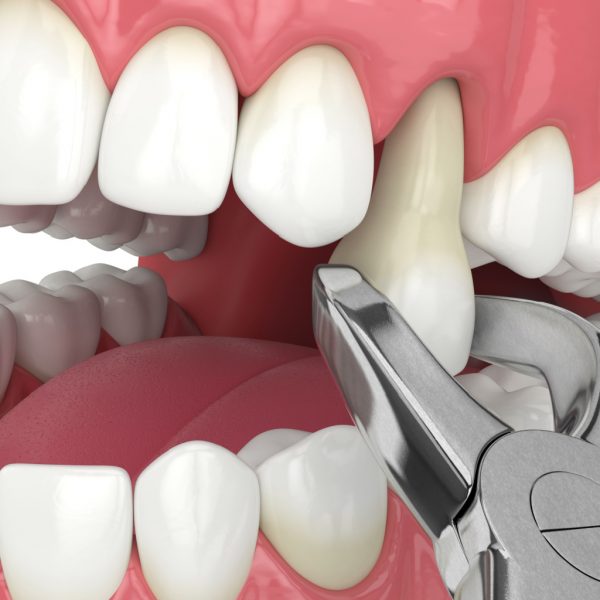Say Goodbye to Tooth Pain with Gentle Tooth Extractions
Tooth extractions might sound intimidating, but they’re a common dental procedure designed to protect your oral health. Whether it’s due to pain, damage, or overcrowding, removing a problematic tooth can bring much-needed relief and prevent more serious issues down the road. At Perrott Dentistry, our skilled Boardman, OH dentist, Dr. Robert Perrott offers quality care to make extractions as smooth and comfortable as possible.
If you’re in Boardman or nearby areas like Canfield, Poland, or Youngstown, OH, you can trust Dr. Perrott for a stress-free experience. Contact Perrott Dentistry today by calling (330) 726-0090 to learn more about tooth extractions.
What Are Tooth Extractions?
Tooth extractions involve the removal of a tooth from its socket in the bone. While it’s often considered a last resort, this procedure is essential in certain situations to maintain overall oral health. There are two main types of tooth extractions:
- Simple Extractions: These are performed on visible teeth using specialized tools to gently loosen and remove the tooth.
- Surgical Extractions: For teeth that are impacted or below the gumline, a minor surgical procedure is required to access and remove the tooth.
Tooth extractions are often necessary to address severe decay, infections, or crowding issues. They can also prevent complications from impacted wisdom teeth or gum disease. With the right care, extractions can improve your oral health and eliminate persistent discomfort.


When is a Tooth Extraction Needed?
Tooth extractions are typically a last resort. Here are some common reasons why your dentist might recommend tooth removal:
- Severe Tooth Decay or Damage: If a tooth is beyond saving with a filling or crown.
- Crowded Teeth: To make room for orthodontic treatments.
- Impacted Wisdom Teeth: When wisdom teeth are stuck below the gumline or causing pain.
- Infection: If an infection threatens to spread and cannot be treated with a root canal or antibiotics.
- Periodontal Disease: Severe gum disease can loosen teeth, necessitating extraction.
The Tooth Extraction Process
Dr. Perrott ensures every step of the extraction process is explained and comfortable for patients:
- Consultation and X-rays: A detailed examination to assess the tooth and surrounding areas.
- Numbing the Area: Local anesthesia is applied to prevent pain during the procedure.
- Extraction: Depending on the tooth’s condition, it’s removed using either a simple or surgical method.
- Post-Extraction Care: Detailed aftercare instructions to promote healing and comfort.


How to Care for Your Mouth After an Extraction
Proper extraction aftercare is key to a quick recovery:
- Rest and Avoid Strenuous Activity: Take it easy for the first 24 hours.
- Use Gauze to Stop Bleeding: Bite gently on gauze until bleeding subsides.
- Apply Ice Packs: Reduce swelling with ice packs on your cheek.
- Follow Dietary Restrictions: Stick to soft foods and avoid straws to prevent dry socket.
- Maintain Oral Hygiene: Brush carefully and avoid the extraction site.
Frequently Asked Questions
Is tooth extraction painful?
The tooth extraction process is usually not painful, as local anesthetic numbs the area. However, patients may experience some discomfort or pain after the procedure, which is easily manageable with pain medication prescribed by your dentist or oral surgeon.
How long does it take to recover from a tooth extraction?
The recovery time can vary depending on the individual and the complexity of the extraction. Most people can return to normal activities within a few days to a week after the procedure, but it may take several weeks to fully heal.
Can I eat after a tooth extraction?
Dentists generally recommend sticking to soft, cool foods for the first few days after the procedure and avoiding hard, crunchy, or sticky foods that could irritate the extraction site. Be sure to follow any specific aftercare instructions provided by your dentist or oral surgeon.
Do I need to replace a missing tooth after extraction?
Many dental professionals will suggest replacing missing teeth to prevent problems with chewing, speaking, and the alignment of surrounding teeth. Your dentist or oral surgeon can discuss replacement options with you, such as dental implants, bridges, or dentures.
Your Comfort is Our Priority
Tooth extractions don’t have to be a scary experience. With expert care from Dr. Robert Perrott at Perrott Dentistry, you can confidently take steps toward better oral health. Whether you need a consultation or immediate care, we’re here for patients in Boardman, Canfield, Poland, Youngstown, OH and the surrounding areas. Don’t let tooth pain hold you back—schedule an appointment today by calling (330) 726-0090!

